When Good Methods Go Bad: The Ghost Peak Problem Haunting Your LC-MS
Water contamination causes 60-70% of unexplained ghost peaks in LC-MS.
5 min read
By Byron Druss and Paul Nedwick : Jul 9, 2025 12:00:00 PM
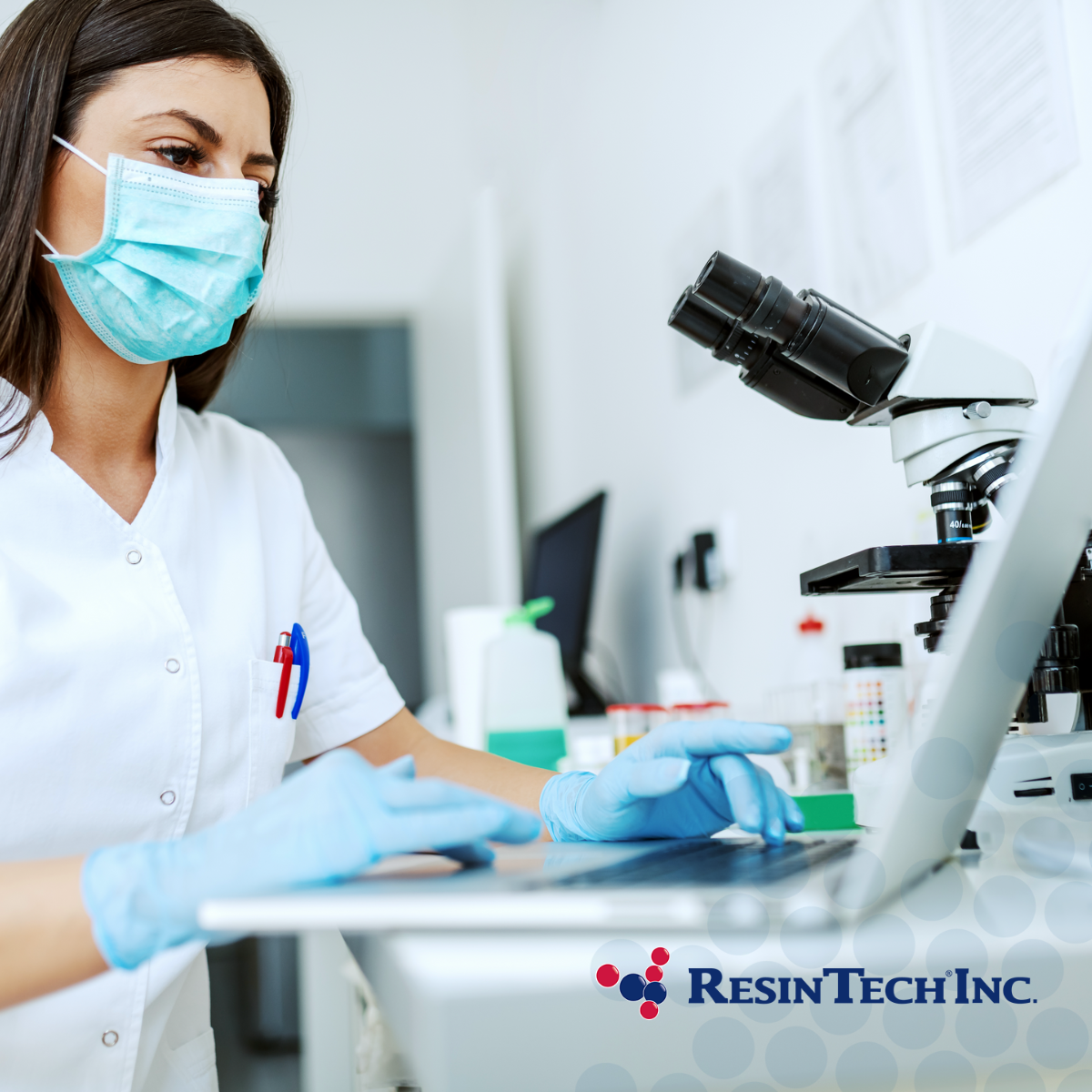
You’re running experiments, making breakthroughs, and pushing the boundaries of science. You’ve got the best equipment, your team is on point, and you’re using ultrapure Type 1 water — the purest water out there. But here’s the problem: even trace amounts of organic contaminants in your water can sabotage your results. The negative impacts can be staggering financially and even career impacting. For example bad results can result in costly project delays, product certifications not achieved, and regulatory approvals being delayed just to name a few adverse outcomes. Let’s talk about how this hidden enemy can affect your work across different lab applications.
Analytical chemistry chromatography equipment can be broadly categorized into two main types: gas chromatography (GC) and liquid chromatography (LC), with various specialized techniques within each category. GC and LC are further divided into HPLC, LC-MS, and GC-MS, as well as other specialized techniques like Affinity Chromatography and Affinity Chromatography.
Within this world of chromatography and/or mass spectrometry, where accuracy and clean data are essential. But guess what? Organic contaminants are lurking, and they’re ready to mess with your results.
Bottom line? Organic contamination turns precision data into a guessing game.
Molecular Biology: Your PCR is Falling Apart
You rely on ultrapure water for molecular biology applications like PCR and protein purification. But those organic contaminants? They’re bad news.
Molecular biology demands precision, and contaminated water undermines your ability to get it.
Cell Culture: Your Cells Are Unhappy
In cell culture, ultrapure water is used for preparing media and solutions. But organic contaminants can throw a wrench in your plans.
If your cells aren’t thriving, your entire experiment is at risk, and organic contaminants are often the culprit.
Environmental Testing: False Positives, Anyone?
In environmental and water quality testing, you need ultrapure water that’s actually pure. Even minor organic contamination can lead to false-positives or inaccurate results.
In environmental testing, reliable water is crucial, and contaminants make it impossible to trust your findings.
Pharmaceutical Research: Your Drug Isn’t Stable
Pharmaceutical research demands precise, clean conditions. Organic contaminants in your ultrapure water can ruin that.
When testing drugs, contaminated water can mean millions in lost research and development.
Material Science: Your Reactions Are Unpredictable
In material science, you’re synthesizing new materials and characterizing their properties. But organic contaminants in your water can interfere with chemical reactions, leading to unpredictable by-products or faulty materials.
In material science, the smallest impurities can throw off your results, leaving your research in doubt.
Conclusion: Keep Your Ultrapure Water Pure
Here’s the deal: even trace amounts of organic contaminants in your ultrapure water can wreak havoc across all areas of laboratory research. Whether it’s chromatography, PCR, cell culture, environmental testing, or drug development, contamination leads to unreliable results, wasted time, and costly mistakes.
To protect your data, you need to regularly monitor and maintain your water purification system. UV capabilities will oxidize and destroy organics, where Ion Exchange Resin-based filters most effectively attract those residuals. And to monitor for organics, simply add TOC Monitoring when ordering your Lab Equipment. Annually, performing the required filter replacements and sanitization process is a must to maintain ultrapure lab water systems for accurate results. Make sure your ultrapure water is actually pure — your research depends on it.
FAQs: The Impact of Organic Contaminants in Ultrapure Water
Ultrapure water (Type 1) is essential because it contains minimal contaminants, including ions, particles, and organic materials, that could interfere with sensitive experiments. Many lab applications, such as chromatography, PCR, and cell culture, rely on ultrapure water to ensure accurate, reproducible results. Any impurities, even trace amounts, can cause data inaccuracies, flawed experiments, or unwanted reactions.
Organic contaminants can enter ultrapure water systems in various ways. They can be introduced from environmental sources, reagents, lab air, or even through equipment used in purification systems. If not properly maintained, filters and purification devices in water systems can degrade over time, allowing organic materials to slip through and contaminate the water.
Common organic contaminants include trace organic molecules, solvents, natural organic matter, or biological substances. These contaminants, even at low levels, can interfere with enzymatic reactions, detection methods, or the stability of experimental systems, leading to poor results or false positives in experiments.
Microbial growth and biofilm formation: TOC serves as a food source for bacteria, promoting microbial growth and biofilm formation within the water system. This can lead to further contamination and system issues.
Preventing organic contamination requires regular maintenance of your water purification system. This includes routinely changing filters, sanitizing storage tanks, and ensuring proper sealing and storage of water. Frequent monitoring and testing for contaminants using specific analytical techniques (such as Total Organic Carbon (TOC) analysis) can also help ensure that your ultrapure water remains free from harmful impurities.
Elevated TOC levels: The most direct indicator of TOC contamination is an increase in the measured TOC concentration in your ultrapure water system. Ultrapure water typically has very stringent TOC limits (e.g., <10 ppb for ultrapure applications).
Reduced resistivity/increased conductivity: While not solely due to TOC, organic contaminants can affect water's electrical properties. High TOC levels can be associated with increased conductivity and disruption of purity standards. Generally, electricity flows more easily through contaminated water.
System Performance Issues:
Clogged or malfunctioning filtration equipment: High TOC levels can overload filters like Reverse Osmosis (RO) membranes or ion exchange resins, leading to reduced efficiency and potentially premature failure.
Reduced efficiency of purification steps: Steps like RO, UV, and ion exchange may not effectively remove organics if TOC levels are elevated, compromising the overall purification process.
Discover the CLïR lab water system best suited for your application.
Want to learn more about the ins and outs of water treatment? Subscribe to this blog and we'll keep you posted.
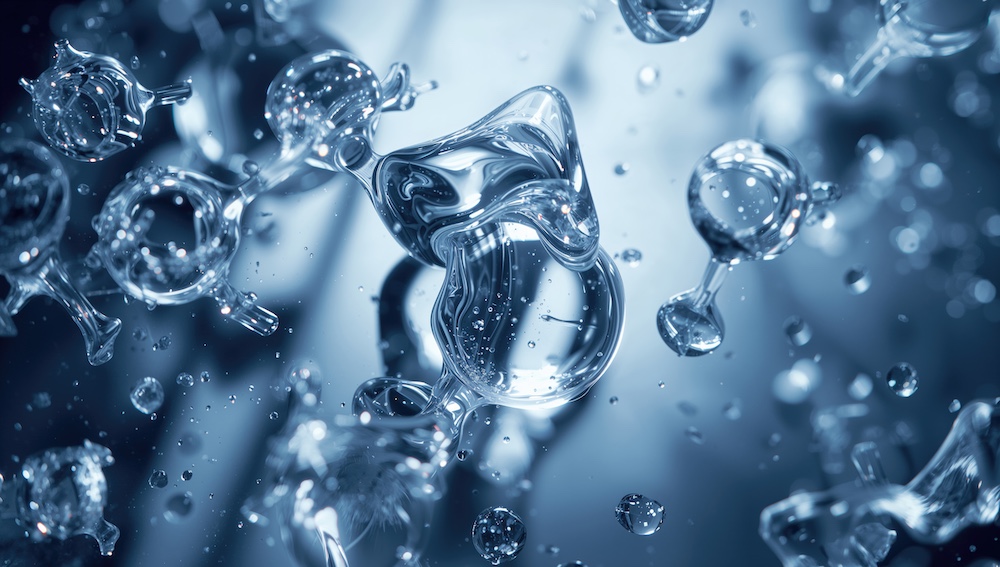
Water contamination causes 60-70% of unexplained ghost peaks in LC-MS.
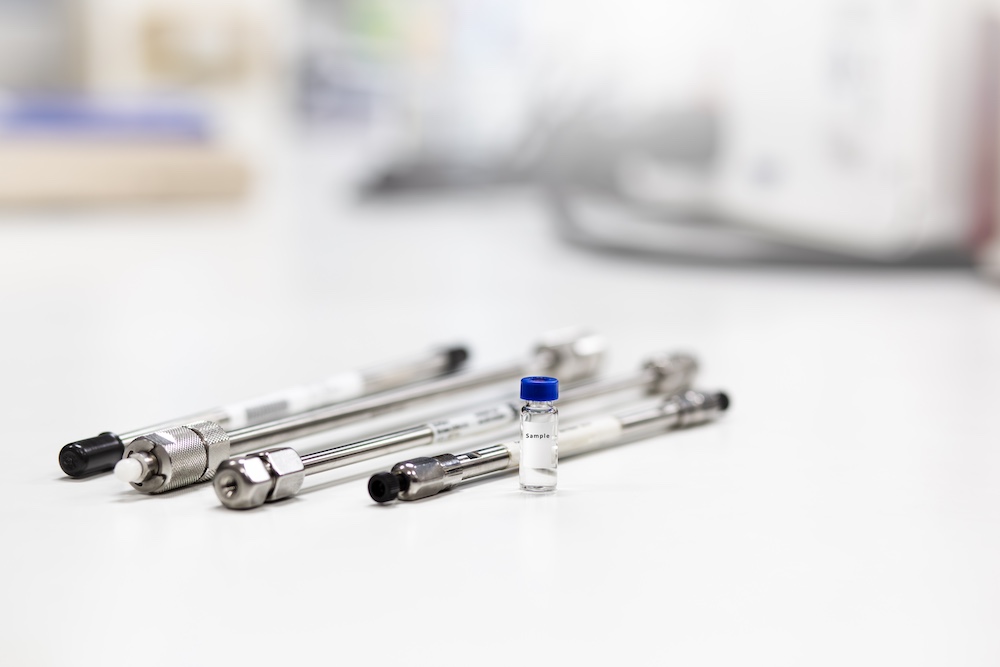
Your HPLC columns shouldn't fail after a few weeks. Under normal operating conditions, most reverse-phased C18 columns deliver stable performance for...
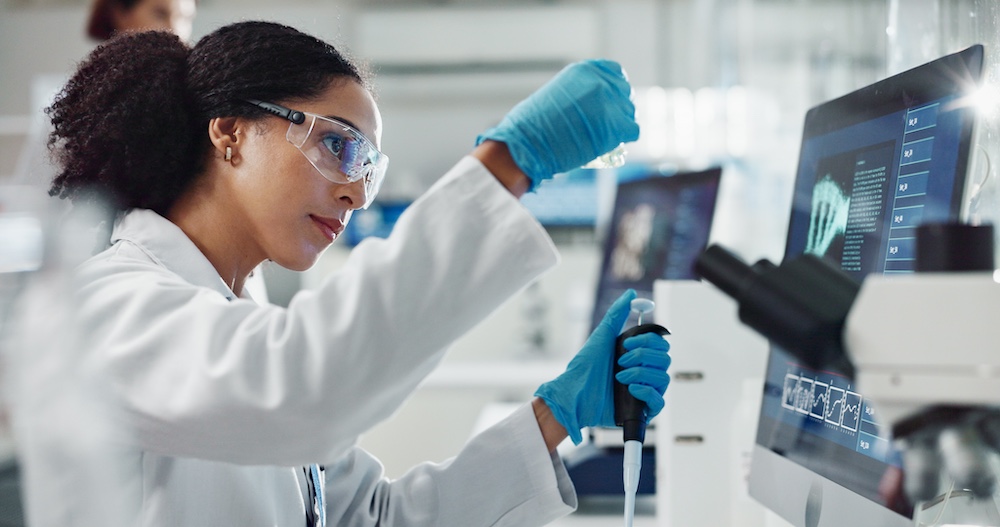
Ultrapure water (UPW) is like a lab's clean room, but in liquid form. At 18 MΩ-cm resistivity, Type I water isn't just "really clean"—it's so pure...
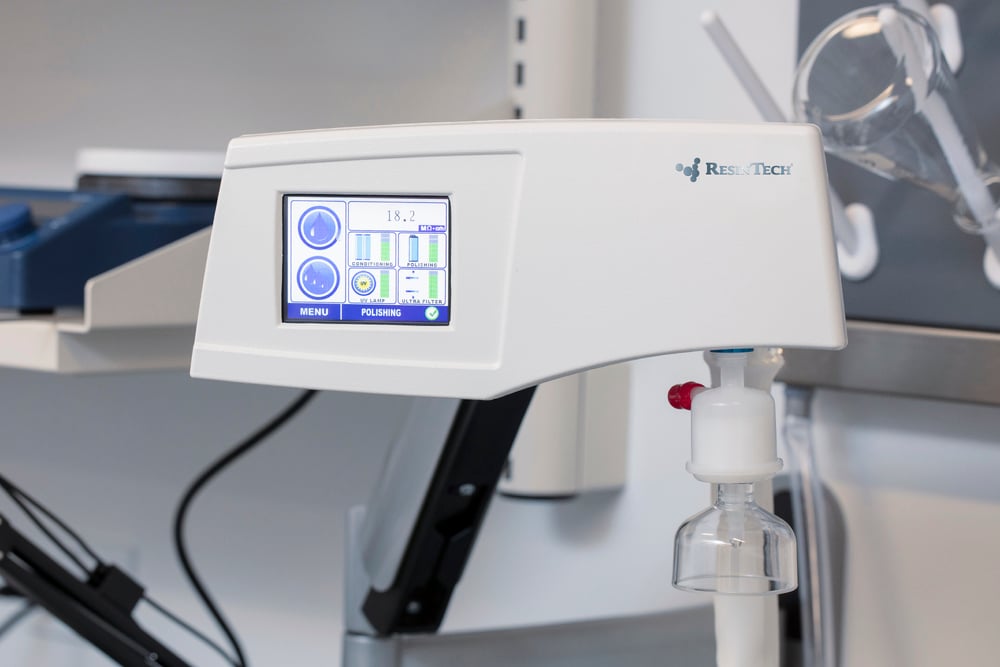
Ultrapure water systems are essential in labs performing high-precision work such as HPLC, molecular biology, and clinical diagnostics. These systems...
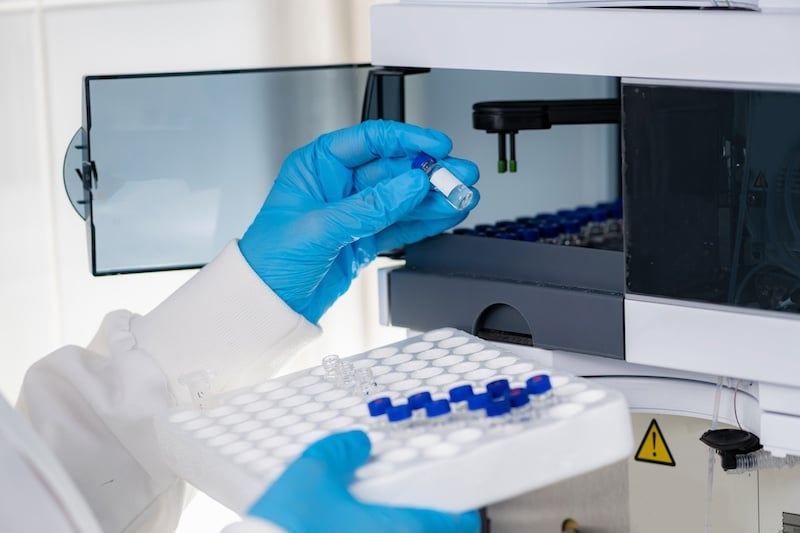
Your LC-MS system is calibrated perfectly between your set up and check standards. Your columns are fresh. You are running validated methods. Yet...
.jpeg)
Your ICP-MS system cost hundreds of thousands of dollars. Your sample prep is meticulous. Your calibration standards are traceable. But there's one...